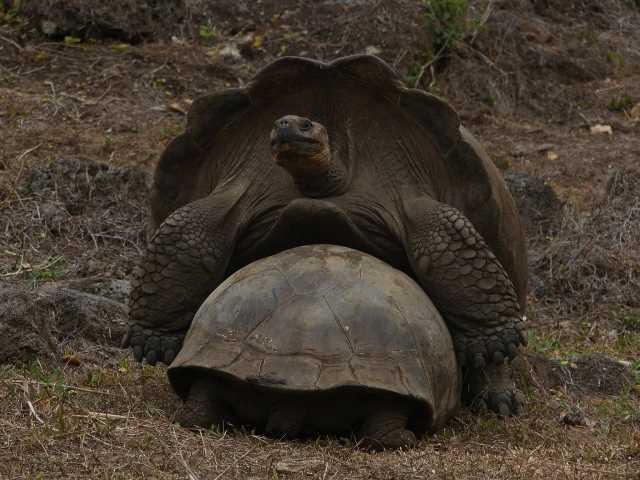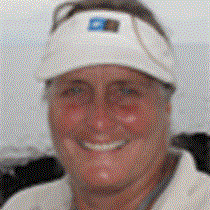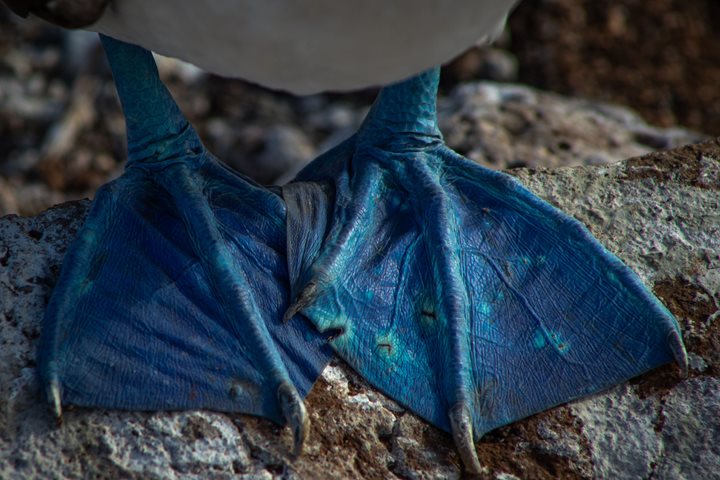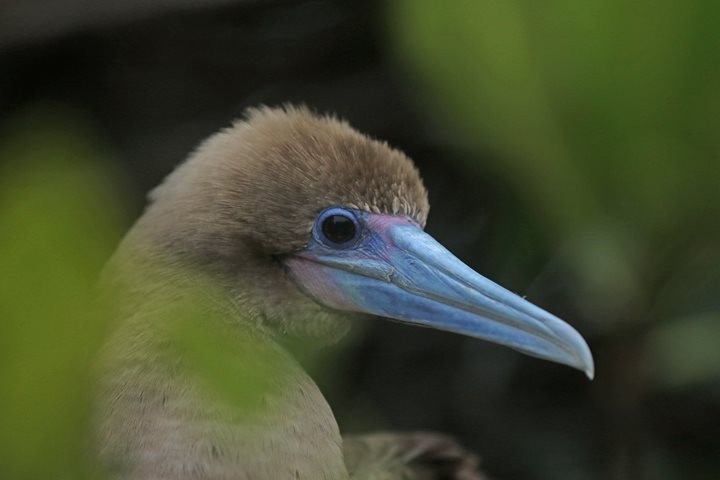We were up late last night watching the election streamed to us by satellite, so no one was really ready to rise and shine very early, but by 0600 the National Geographic Islander was anchored in Academy Bay and the day had dawned once again - cool and beautiful. We enjoyed a hearty breakfast before boarding our fleet of Zodiacs to motor into the town of Puerto Ayora. PA, as the locals call it affectionately, is home to some 25,000 people and the headquarters of both the National Park and the Charles Darwin Research Station. We walked through the Darwin Station grounds and learned about the very successful giant tortoise captive breeding program. We saw Super Diego, a very active male tortoise from Espanola Island, who has helped bring his species back from the brink of extinction since his return to the islands from the San Diego Zoo in the ‘70’s.
We also saw our first land iguanas, a few large males that are part of a breeding program. We visited the native garden and a new visitor center and then walked along a cement block paved road into town. Many of us enjoyed taking pictures at the fish market. A fat sea lion and a half dozen juvenile pelicans were begging for fish scraps! We shopped in colorful “tiendas” and then gathered at The Rock café for a cool glass of pineapple juice.
We boarded buses and Vanessa, one of our excellent Naturalist guides, took the first group of our guests to visit a private school in the highlands, Tomas de Berlanga. Here a couple hundred local children are educated in mostly open air classrooms and with the support of National Geographic and Lindblad Expeditions. The kids were eager to show us around their school and to ask questions about the surprising US election results.
Naturalists Cindy and Celso took their buses into the agricultural district of the highlands and showed their groups the coffee and sugar cane processing done on El Trapiche farm. This is a family owned and run operation and we greatly enjoyed meeting the energetic owner, Don Adriano. We had fun tasting fresh cheese, raw molasses, brown sugar, sugar cane juice, cane liquor, and coffee!
Our next stop, after a 20 minute drive further up the island’s slopes, was for a lunch of grilled chicken (and other options) in a cozy restaurant that was decorated with drift wood and ferns, a bamboo roof and was tucked below two huge ficus trees. After lunch I introduced my internationally known photographer-friend, Tui DeRoy, to the Olivia group and Tui shared stories of her early years growing up on Santa Cruz when the island’s population was only in the hundreds and one cargo ship brought in goods every few months.
We drove west and down to an area where tortoises congregate in the dry season to find food and enjoy the mud and water in a stagnant pool. Because it has not rained in months on the lower slopes of Santa Cruz, and the only moisture keeping the highlands green is the garua drizzle, there were dozens of tortoises of all sizes feeding, resting, and trying to mate among the lush vegetation. We all took many photos and enjoyed the chance to closely observe these ancient, interesting reptiles.
Back on the ship in the evening we shared stories and answered questions at recap and I briefed everyone about tomorrow’s adventures. Following a delicious buffet dinner we were thoroughly entertained with songs and dances performed by a local folkloric group, Eco Arte. High School music and art teacher, Gandy and his wife Berta (who teaches dance) along with their friends and students, encouraged us to join in the dancing and we found energy we didn’t even realize we still had!
This has been yet another fabulous, fun, and interesting day - in las Islas Encantadas of Galapagos!







